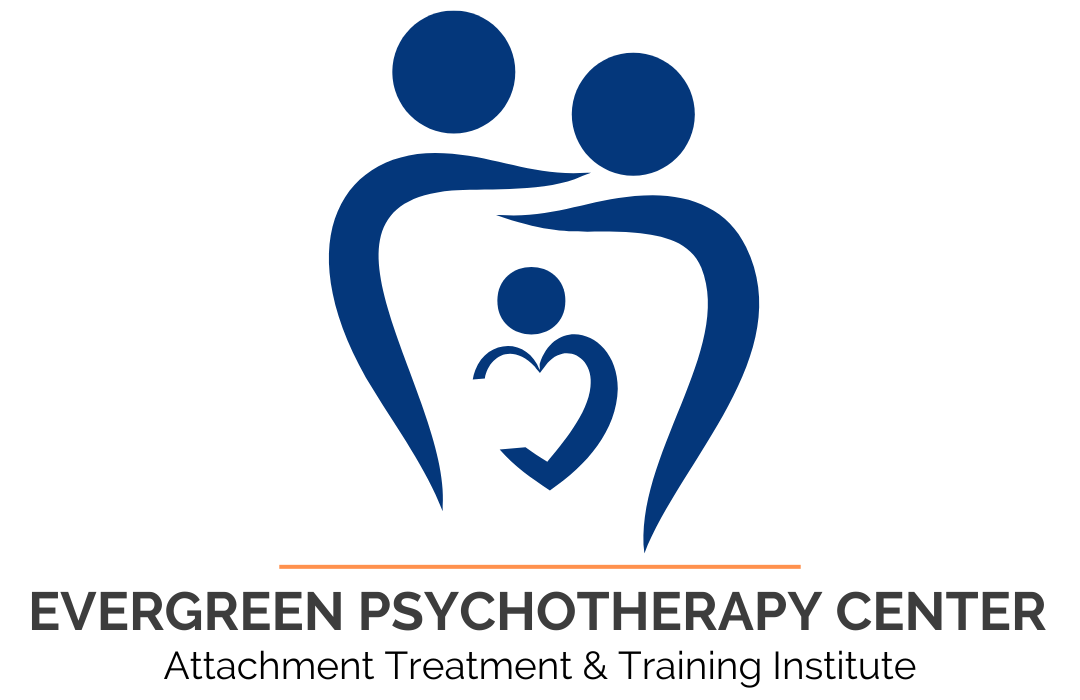Each month, Dr. Levy answers a common question he has received from professionals, caregivers and parents during three decades of pioneering work on attachment theory, treatment and training.
Relationships involve ongoing and circular patterns. Think of it as a dance. One person triggers a reaction, which triggers a counter-reaction in the first person.
As the adult in the relationship, you have a choice in how you react to your child’s actions, behaviors and attitude. You can respond in a way that triggers further conflict or escalates a situation. Or, you can take a breath and be mindful of the situation so that you can engage positively with your child.
Escalation leads only to more anger and control battles. Engaging positively increases the chances your child will calm down, feel better and feel more open to your parenting.
Here are four tips for engaging positively:
1.Know your triggers. The more you know yourself, the less likely you are to become emotionally triggered. For example, if you grew up in a family where honesty was an important value, you might get angry and upset when your child lies. Being aware of your triggers will help you to control how you respond.
2. Don’t take it personally. It is crucial to avoid taking your child’s negative actions and attitudes personally because that will lead to an emotional reaction. Remember, this is about your child’s fears and negative expectations, not about you. Continuing with the previous example, realizing you are very sensitive to the issue of honesty, you can remain calm and focused on creative solutions. You are proactive, not emotionally reactive.
3. Be prepared. Having the knowledge and skills of Corrective Attachment Parenting enables you to offer your child learning opportunities. You are providing a healthy balance of love and limits and serving as a good role model. Knowing what to do leads to success. A successful parent is a confident parent, and confidence breeds even more success.
4. Practice patience. Slow and steady. Change takes ongoing practice over time. Persevere towards your goals. Each child changes in his or her own time. Know the unique needs and timetable of your child.
The scenarios below show examples of engaging negatively and positively:
Negatively
Parent: Clean your room.
Child: No, and you can’t make me.
Parent: (Angry and yells) You better clean your room, or you’re in big trouble.
Child: (Louder) I hate you! (Runs away)
Positively
Parent: I need you to clean your room.
Child: No, and you can’t make me.
Parent (Remains calm) You have a choice. Clean your room and come swimming with us later, or don’t clean your room, and you will not join us for swimming. Either one is OK with me. Which do you want to do?
This is an excerpt from the book Healing Parents: Helping Wounded Children Learn to Trust & Love.
Previous articles addressed questions about the Seven Functions of Secure Attachment, the Dependency Paradox, the importance of talking about trauma, the First Year Attachment Cycle, traits of successful and healthy adult relationships, the importance of hope as a part of treatment for trauma, the core concepts of child development, parenting strategies for deescalating conflict and the importance of touch to fostering attachment.


